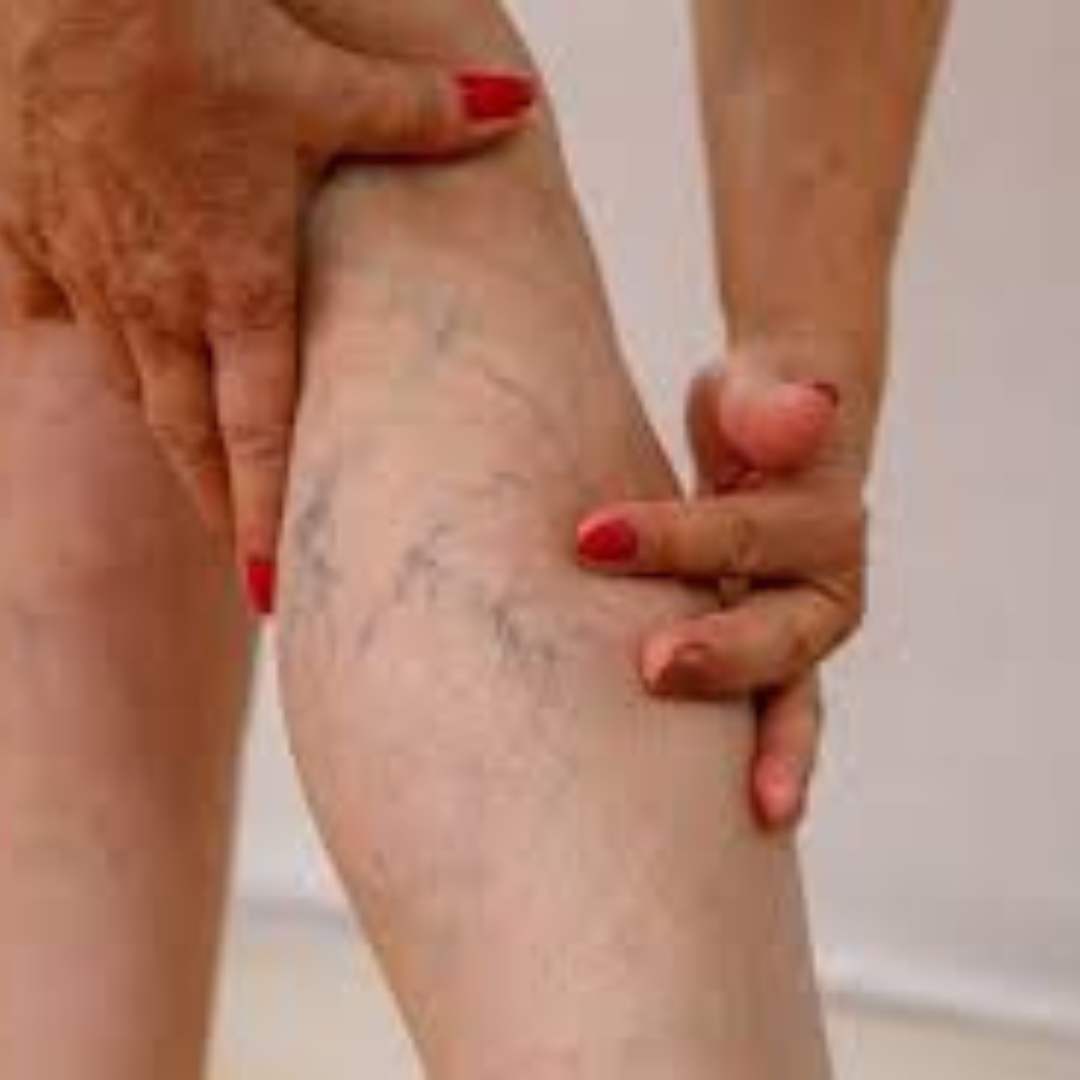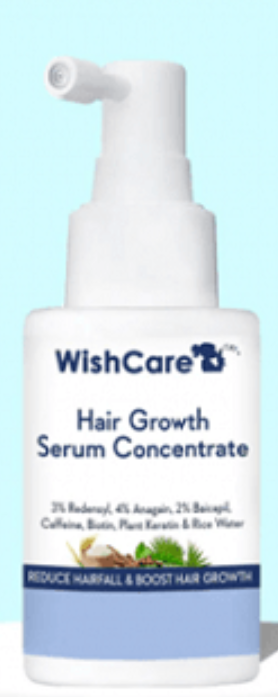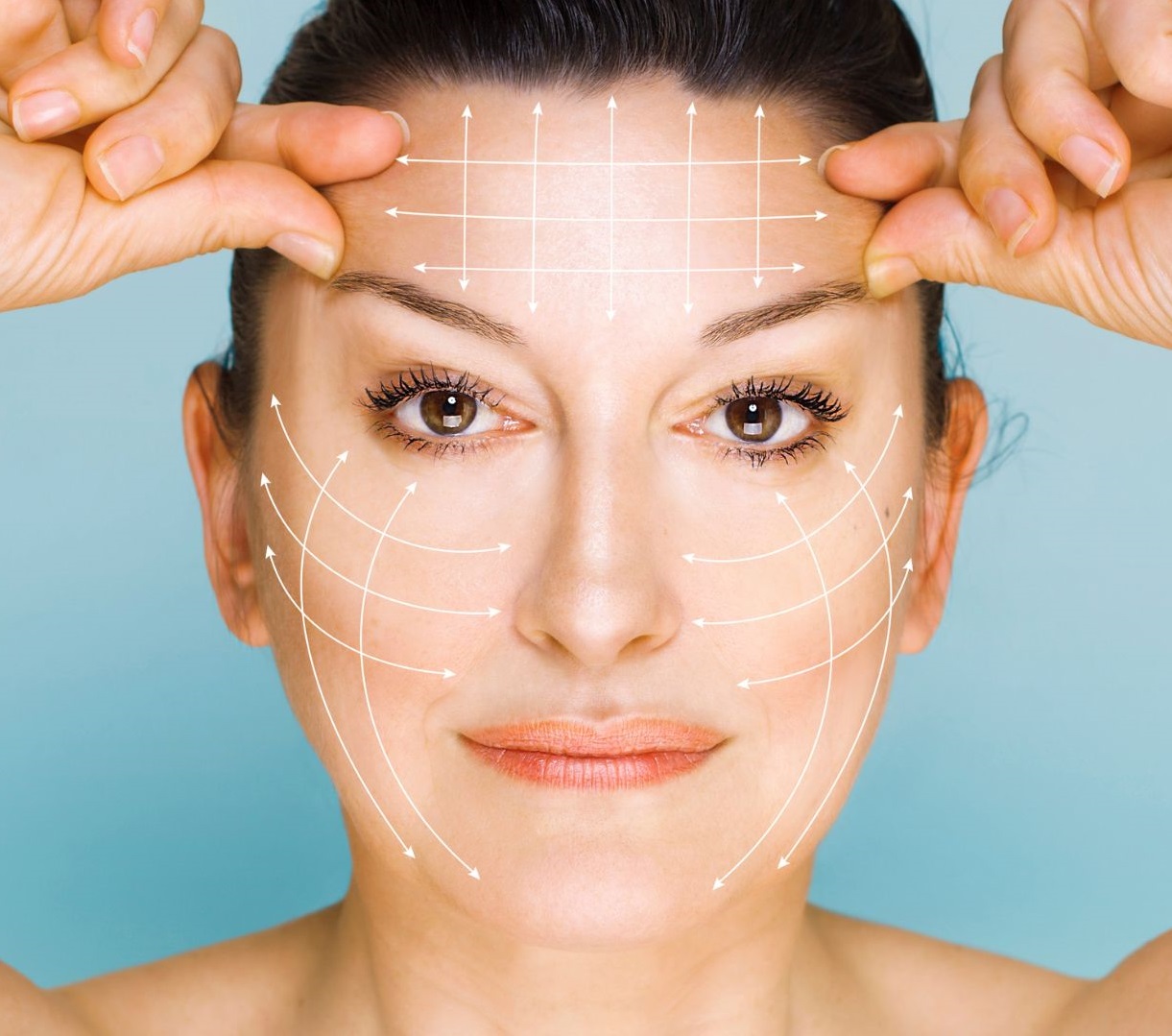Veins are an important part of our circulatory system, but they often don’t get the attention they deserve. Healthy veins carry blood back to the heart, but when veins are weak or damaged, blood can pool and cause problems like varicose veins and spider veins. These conditions can be uncomfortable, cause swelling, and sometimes lead to serious health issues if left untreated. The good news is that there are many safe and effective ways to treat these problems and improve vein health. This article will explain what causes vein problems, signs to watch for, simple steps to keep veins healthy, and the best medical options available, including Treatment For Varicose And Spider Veins.
What Are Varicose and Spider Veins?
Veins are blood vessels that return blood to the heart. They rely on tiny one-way valves to keep blood moving in the right direction. When these valves don’t work properly, blood can pool, causing veins to stretch or twist.
- Varicose veins are large, swollen, and often twisted veins that usually appear on the legs. They can make your legs feel heavy, achy, or tired.
- Spider veins are smaller, thin veins that show up closer to the skin. They are usually red, blue, or purple and look like spider webs. While spider veins are often just a cosmetic concern, they can sometimes signal deeper vein issues.
Many factors can increase the risk of vein problems, such as family history, aging, pregnancy, obesity, standing for long periods, or a lack of movement.
Signs That You Might Have Vein Problems
It’s important to notice the early signs of vein problems. Early action can prevent more serious issues and help you get effective Treatment For Varicose And Spider Veins. Common symptoms include:
- Bulging or twisted veins you can see on your legs
- Swelling in the ankles or legs
- A heavy, tired, or aching feeling in the legs
- Itching or irritation around a vein
- Skin color changes or sores near the ankle in severe cases
If you notice these signs, it’s best to consult a vein specialist for advice and treatment options.
Simple Ways to Improve Vein Health
Even before medical treatment, there are several easy lifestyle changes that can help your veins stay healthy. These methods are safe, natural, and can even reduce mild symptoms.
1. Keep Moving
Exercise helps blood move through your veins and strengthens the muscles in your legs, which push blood back to the heart. Walking, swimming, cycling, and yoga are all great options. Even short walks during the day can make a big difference.
2. Maintain a Healthy Weight
Extra weight puts more pressure on your veins, which can worsen vein problems. Eating a balanced diet with plenty of fiber, fruits, and vegetables helps keep your weight in check and supports healthy veins.
3. Elevate Your Legs
Raising your legs above heart level for 15–20 minutes a few times a day can improve blood flow and reduce swelling. This is especially helpful for people who spend a lot of time sitting or standing.
4. Wear Compression Stockings
Compression stockings gently squeeze your legs to help blood flow back to the heart. They are useful for people with mild vein problems or during pregnancy. A healthcare provider can recommend the right type and fit for you.
5. Avoid Sitting or Standing Too Long
Sitting or standing in one position for a long time can make blood pool in your legs. Take breaks to stretch, walk, or move your legs to keep blood flowing.
Medical Treatments for Varicose and Spider Veins
When vein problems are more serious or lifestyle changes aren’t enough, medical treatments can help. Modern treatments are safe, effective, and usually minimally invasive.
1. Sclerotherapy
Sclerotherapy is one of the most common Treatment For Varicose And Spider Veins. A solution is injected into the vein, causing it to shrink and fade. This is great for small to medium veins, and multiple sessions may be needed. Most people can resume normal activities right away.
2. Laser Therapy
Laser therapy uses focused light to close off problem veins. A small fiber is inserted into the vein, and the laser heats the vein wall until it closes. Blood is then rerouted to healthy veins. This treatment works well for larger varicose veins and usually requires only local anesthesia.
3. Radiofrequency Ablation
Radiofrequency ablation is similar to laser therapy but uses heat from radio waves to close off veins. It is minimally invasive and has a quick recovery time. Both laser and radiofrequency treatments are highly effective for bigger varicose veins.
4. Ambulatory Phlebectomy
This procedure removes surface veins through tiny cuts in the skin. It’s used for larger veins that cannot be treated with injections or lasers. It leaves very small scars and most people can get back to normal activities within a few days.
5. Foam Sclerotherapy
For bigger veins, foam sclerotherapy can be used. The foam fills the vein completely, causing it to close and eventually be absorbed by the body. This treatment is often used for complex vein patterns that don’t respond to regular sclerotherapy.
Keeping Veins Healthy After Treatment
Even after successful treatment, it’s important to maintain vein health to prevent new problems. Here’s what helps:
- Wear compression stockings if recommended by your doctor
- Continue exercising and eating a healthy diet
- Avoid standing or sitting too long
- Have regular check-ups with your vein specialist
By following these steps, you can enjoy the benefits of Treatment For Varicose And Spider Veins for years to come.
New Technologies in Vein Treatment
Vein care has improved a lot in recent years. New technologies make treatments safer and more effective. Some examples include:
- Ultrasound-guided procedures: Doctors can see veins in real-time to treat them precisely.
- Medical adhesives: Special glues can close veins without using heat or cuts.
- Combination treatments: Using more than one method at once can help treat complicated vein problems.
These advancements make it easier to treat vein issues with less pain and quicker recovery.
Common Myths About Vein Treatments
Many people avoid treatment because of myths or misunderstandings. Here are some common ones:
- “Vein treatments are painful.” Modern treatments are usually done with local anesthesia and cause only mild discomfort.
- “Varicose veins are just cosmetic.” Untreated varicose veins can cause pain, swelling, and even serious complications like blood clots or ulcers.
- “Lifestyle changes alone can cure veins.” Healthy habits help, but medical treatment is often necessary for larger or persistent veins.
Knowing the facts can help people make the right choice for their vein health.
Finding the Right Specialist
Choosing a skilled vein specialist is very important. Look for a doctor who:
- Is certified in vascular medicine or surgery
- Uses modern, minimally invasive treatments
- Offers personalized treatment plans
A good specialist ensures you get the safest and most effective Treatment For Varicose And Spider Veins.
Conclusion
Taking care of your veins is essential for overall health and comfort. Simple lifestyle changes like exercise, a healthy diet, and leg elevation can help, but medical treatments are often needed for more serious varicose or spider veins. Treatments such as sclerotherapy, laser therapy, radiofrequency ablation, and phlebectomy are safe, effective, and can greatly improve quality of life.
Early recognition of symptoms, preventive measures, and expert treatment are the keys to healthy veins. Whether you want to prevent vein problems or treat existing ones, understanding your options and acting early can help you keep your veins healthy and improve circulation. With the right care, it’s possible to feel better, look better, and enjoy healthy legs for years to come.



